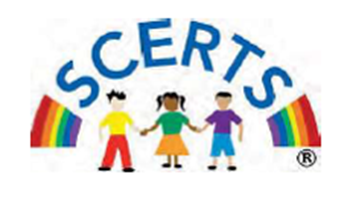Frequently Used Approaches
This page contains information on some commonly used approaches within our service. An Educational Psychologist may suggest viewing this page before completing specific work within the setting.

This page contains information on some commonly used approaches within our service. An Educational Psychologist may suggest viewing this page before completing specific work within the setting.

For more information, contact your Link EP or visit the SCERTS Website.